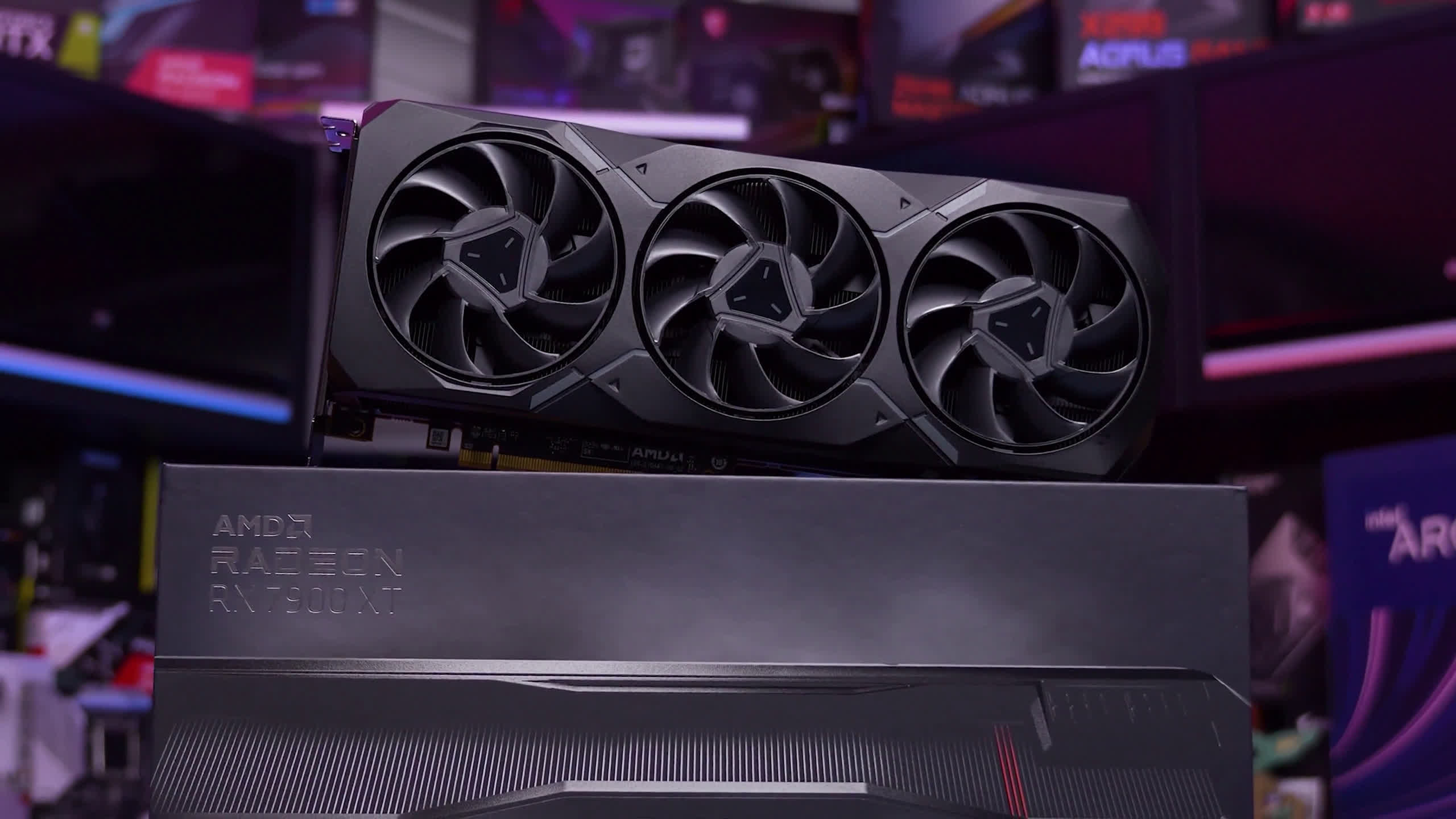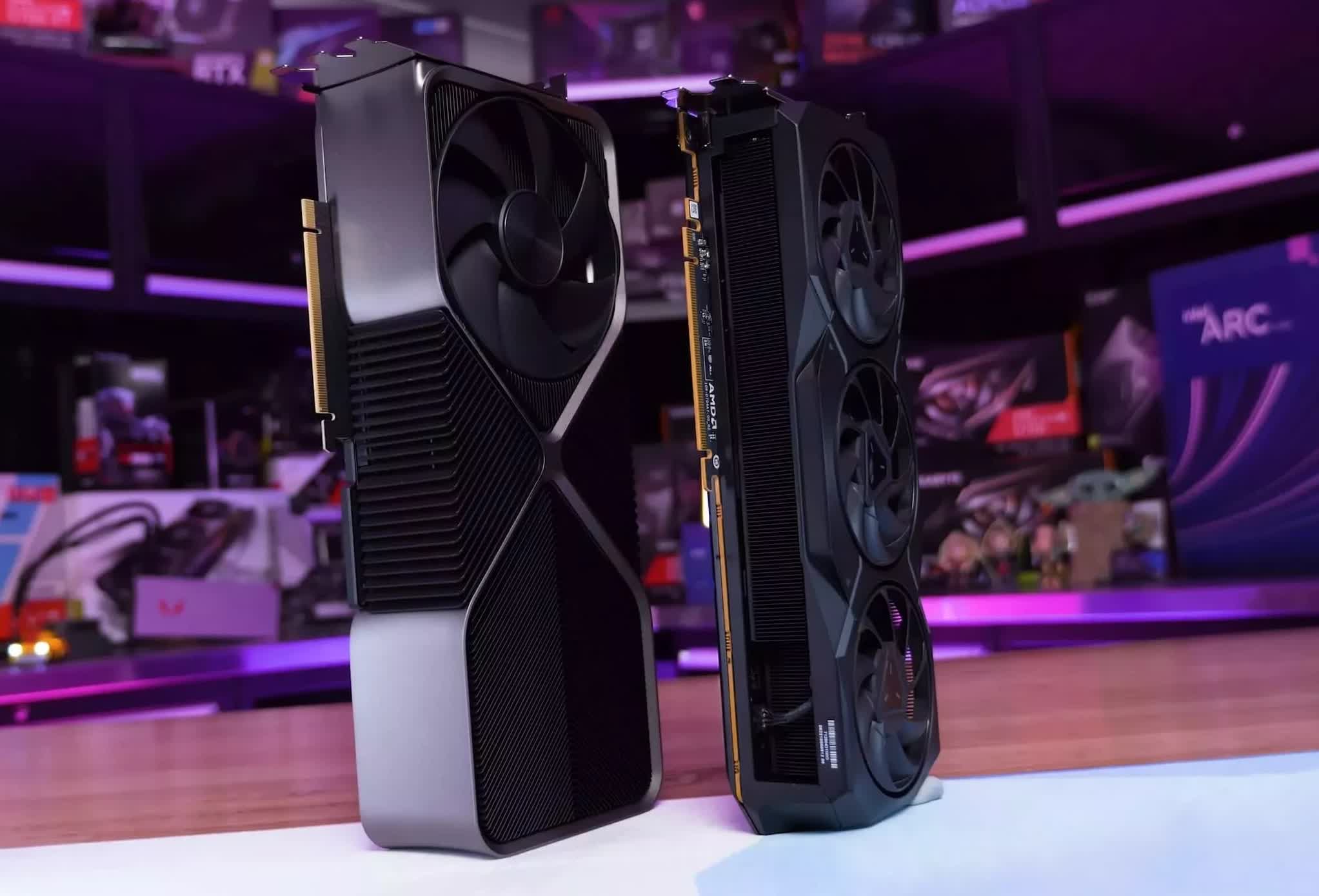The big picture: Earlier this year, things started looking more positive for the GPU market as it showed the first signs of recovery after two years of what market analysts are now calling "the post-Covid" black death. Graphics card sales rose 16.8 percent in Q3 compared to Q2, but organizations like Jon Peddie Research are recommending cautious optimism as we head into 2024.
The GPU market is still a peculiar mix of fake deals and good offers. It's quite difficult to navigate for gamers looking to build a new rig or upgrade their aging graphics card for recent AAA releases like Alan Wake II and Baldur's Gate 3. As our own Tim Schiesser pointed out in his latest GPU pricing update, the only hope is that Nvidia will price its upcoming RTX 40 Super series more sensibly than the regular models. This might also push AMD to adjust pricing for some of its RX 7000 and RX 6000 series cards.
Either way, the GPU market is showing signs of recovery after two years of supply chain chaos and post-pandemic hangover. Analysts at Jon Peddie Research (JPR) are even declaring that "the post-Covid black death is over," and their latest report includes some good news for gamers worried about the generative AI craze and its effect on high-end GPU pricing and availability.
Related reading: Guide to Choosing a New Graphics Card
Graphics card add-in board shipments already saw a small rebound in the single digits during the second quarter of this year, but the 16.3 percent increase going into the third quarter suggests there's enough momentum for further recovery in the coming year.
The figure includes both discrete and integrated graphics solutions, but JPR says desktop cards were one of the biggest drivers of growth with a 37.4 percent quarter-over-quarter increase in shipments, which is double that of the overall GPU market. Contrast that with the situation last year when both the CPU and the GPU markets cratered towards the second half of the year, and you can see why industry watchers are having a collective sigh of relief.

Also worth noting is that Intel and AMD are both chipping away at Nvidia's market share, though Team Green will no doubt remain dominant in the PC GPU space for years to come. AMD saw the biggest increase in shipments of the bunch at 36.6 percent, while Nvidia and Intel's shipments rose 25.2 percent and 10.4 percent, respectively. AMD now sits at 17 percent market share, but according to JPR that's mostly down to a significant shift in integrated graphics.
Jon Peddie, the president of JPR, said that while the data seems to indicate a more positive outlook for the GPU market in particular and the PC market as a whole, 2024 is unlikely to be a year where we'll see explosive growth. Peddie calls for cautious optimism and explains that the 2008 recession, the crypto-mining boom, and the Covid lockdowns all sparked economic roller coaster rides, and every time the market rebounded to a more modest level than before.
PC industry watchers are much more optimistic than JPR despite reading the same signs of a stabilizing market. A common view is that Arm-based chipsets from Apple and Qualcomm as well as next-generation Intel CPUs with neural processing units are going to rejuvenate the market thanks to the growing number of applications for generative AI.
In this sea of enthusiasm, there is one organization that believes the industry is in for a "cold shower" in 2024, and one has to hope that will lead to fewer availability issues for enthusiast-level graphics cards like the RTX 4090, where many Ada GPUs being repurposed for AI infrastructure or bought in bulk by AI startups.
